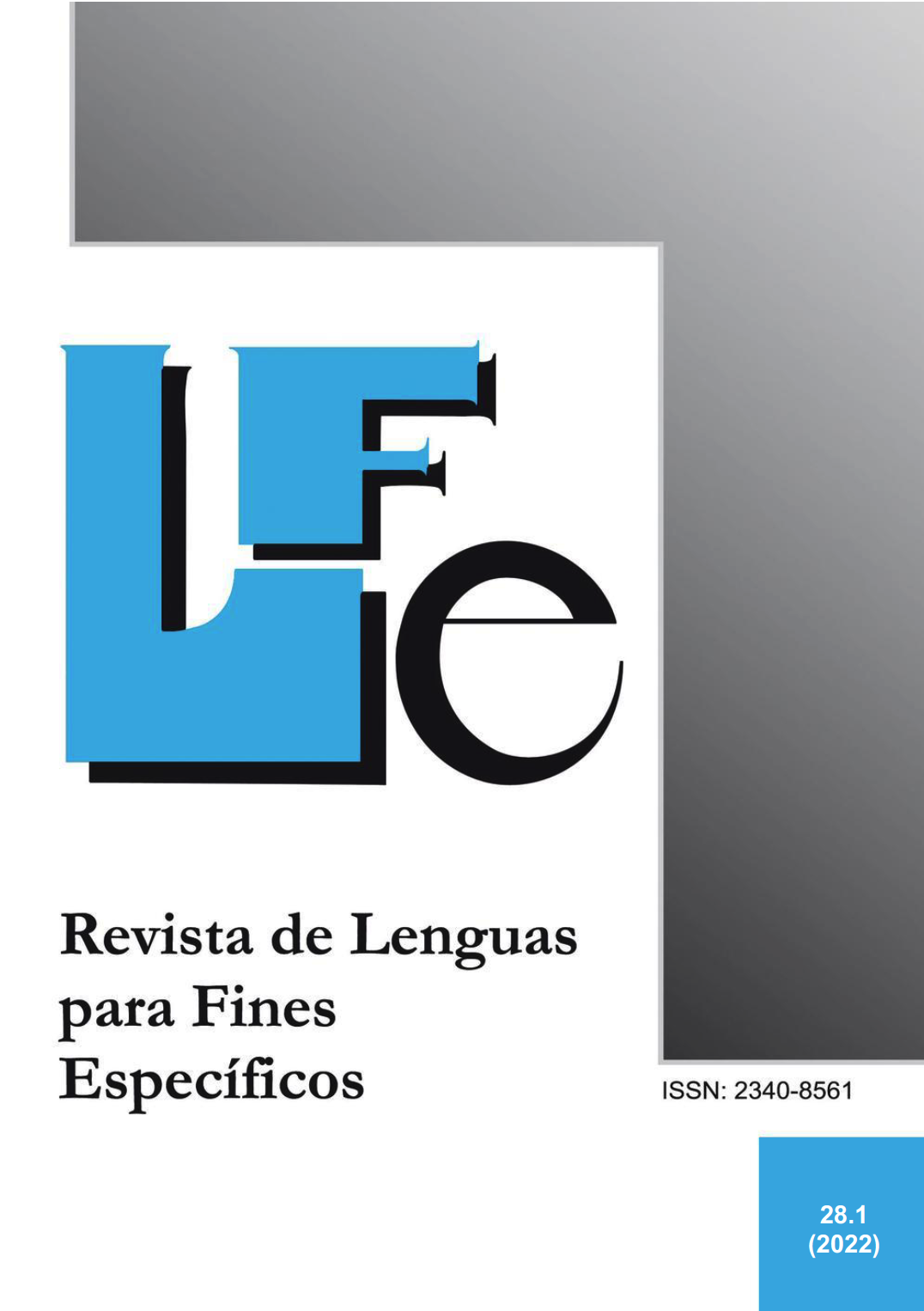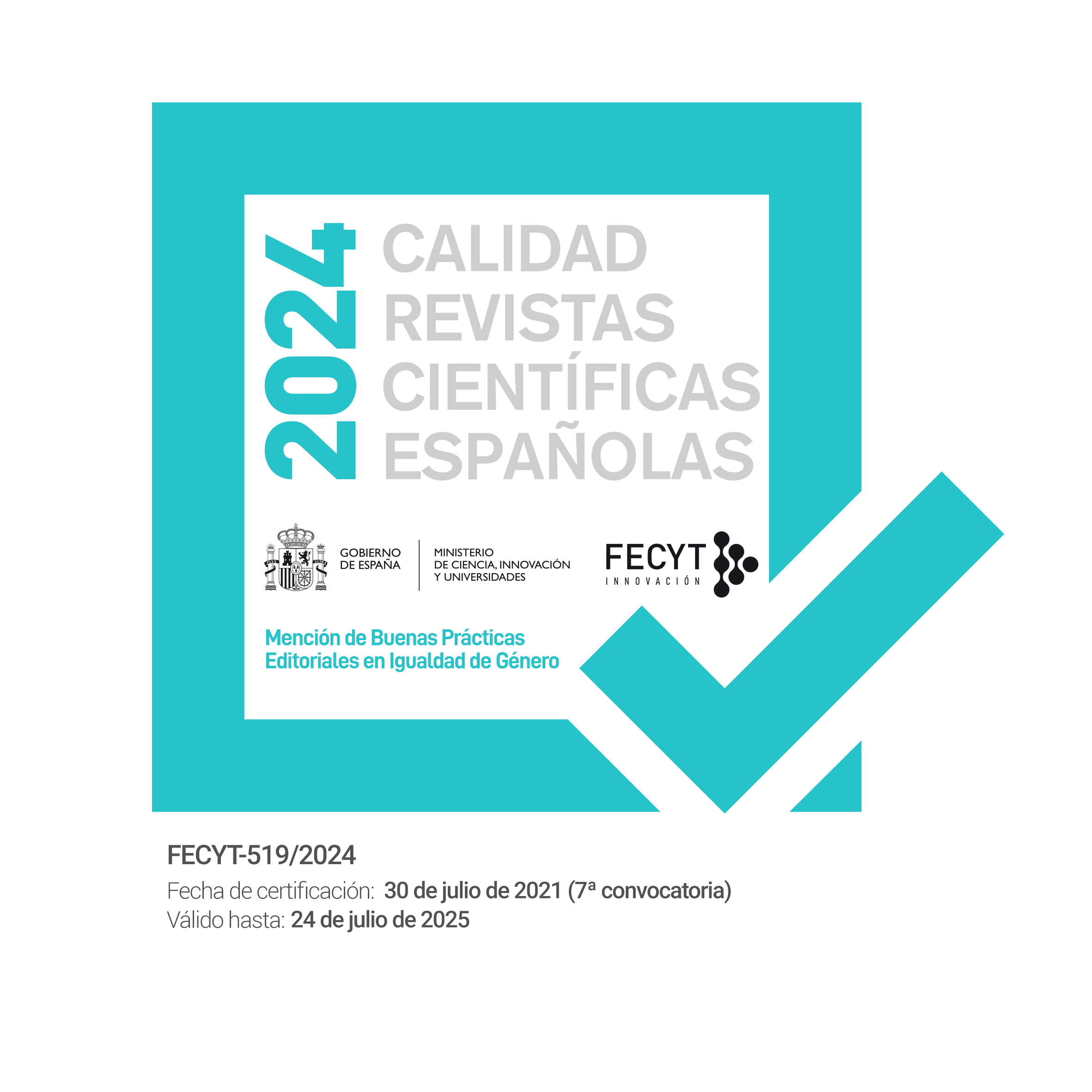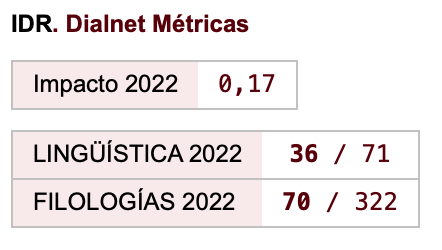Introduction to the Special Issue "On Communicative Skills in Foreign Language Teaching and Academic Language Instruction: Tools, Resources and Methods in the Digital Era"
Keywords:
digital era, specialized languages, specialized language teachingAbstract
This volume, as hinted by the title, adds to the current debate between foreign and academic language instruction and digital resources (or methods). Such debate has been particularly present in the last two years during Covid-19 pandemic lockdown, in which teachers and instructors have been challenged to design fully digital resources to continue with their intended syllabuses. Regardless of the outcomes of the pandemic, one silver lining is that this new situation has had an impact on pedagogical approaches, particularly those that are most significant to language instruction and practice, thus “[showing] promise for assuring that [language learners] can develop academic language proficiency” (Ranney, 2012, p. 560). The need to find effective strategies and methods, conceived to enhance language learners’ fluency and communicative (and academic) achievement, conforms to, among others, the long-standing theories on interpersonal communicative skills and language academic proficiency (Cummins 1981; 2000). These theories, especially those revolving around the so-called Basic Interpersonal Communication Skills (BICS) and Cognitive Academic Language Proficiency (CALP), demonstrate that linguistic resources should be necessarily adapted to the scopes of social interaction and interpersonal communication.
Downloads
References
Cummins, J. (1981). Age on arrival and immigrant second language learning in Canada: a reassessment. Applied Linguistics, 2, 132– 49. https://doi.org/10.1093/applin/2.2.132
Cummins, J. (2000). Academic language learning, transformative pedagogy, and information technology: towards a critical balance. TESOL Quarterly, 34(3), 537– 47. https://doi.org/10.2307/3587742
Ranney, S. (2012). Defining and Teaching Academic Language: Developments in K-12 ESL. Language and Linguistics Compass, 6(9), 560-574. https://doi.org/10.1002/lnc3.354
Richardson Bruna, K., Vann, R., & Perales Escudero M. (2007). What's language got to do with it?: A case study of academic language instruction in a high school “English Learner Science” class. Journal of English for Academic Purposes, 6(1), 36-54. https://doi.org/10.1016/j.jeap.2006.11.006
Roth, W. M. (2005). Telling in purposeful activity and the emergence of scientific language. In R.K. Yerrick, W. M. Roth (Eds.). Establishing scientific discourse communities: Multiple voices of teaching and learning research (pp. 45-71). Mahwah, NJ: Lawrence Erlbaum.
Downloads
Published
How to Cite
Issue
Section
License
Authors who publish with this journal agree to the following terms:
- Authors retain copyright and grant the journal right of first publication with the work simultaneously licensed under a Creative Commons Attribution License that allows others to share the work with an acknowledgement of the work's authorship and initial publication in this journal.
- Authors are able to enter into separate, additional contractual arrangements for the non-exclusive distribution of the journal's published version of the work (e.g., post it to an institutional repository or publish it in a book), with an acknowledgement of its initial publication in this journal.
- Authors are permitted and encouraged to post their work online (e.g., in institutional repositories or on their website) prior to and during the submission process, as it can lead to productive exchanges, as well as earlier and greater citation of published work (See The Effect of Open Access).

Revista de Lenguas para fines específicos is licensed under a Creative Commons Reconocimiento-NoComercial-SinObraDerivada 4.0 Internacional License.
























